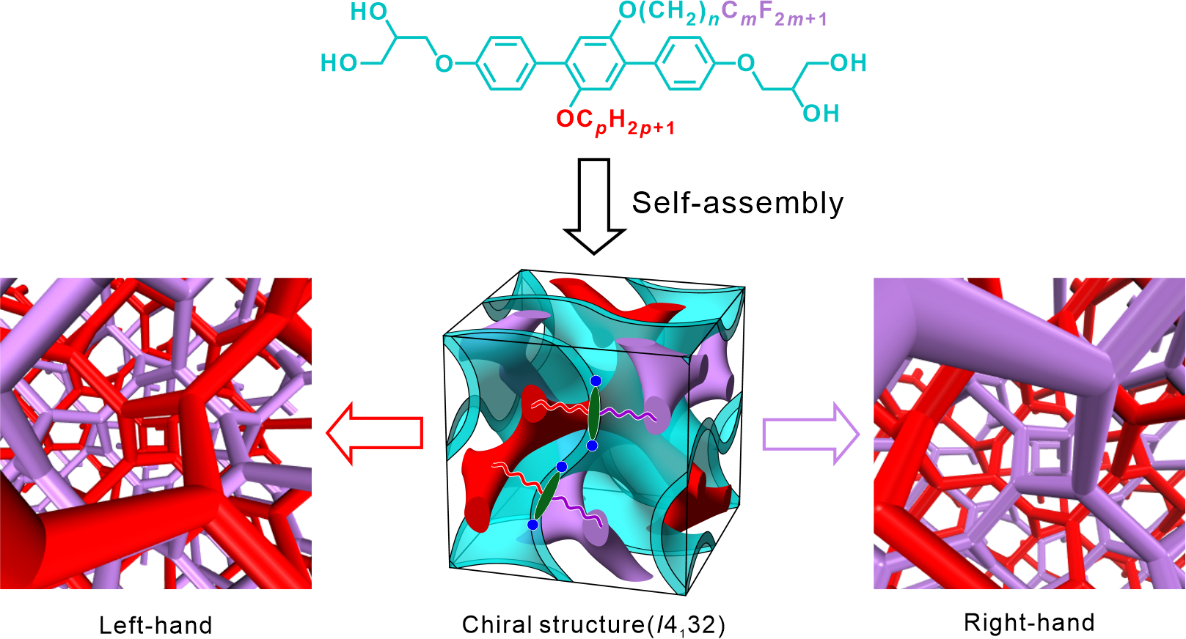As a fundamental property of matters, chirality can be extensively found in nature, ranging from microscopic spin of electrons and structures of organic molecules, to macroscopic spiral arms of galaxies, planet rotations and atmospheric cyclones. The vast majority of the natural products from biomolecules to the universe are chiral. Consequently, what is the origin of chirality? This scientific challenge is listed by Science as one of the 125 most challenging scientific issues in the world today. Chiral materials show huge potentials in asymmetric catalysis and synthesis, nonlinear optics, chiral switches, and chiral templates. Among the research concerning chirality, how to construct chiral materials, especially in nano-scale, is a hot and challenging research topic. Currently, one of the most common methods to construct chiral materials is to copy them from the template chiral materials extracted from nature. Nevertheless, the disadvantage of this method is only applicable to the chiral structures existing in nature. Thus, artificially fabricating nano-scale chiral materials plays a dominant role in the functional applications of the chiral materials.

To address this problem, researchers at Shaanxi International Research Center for Soft matter, MSE, XJTU, collaborated with researchers at Halle University (Germany) and University of Sheffield (UK), succeeded in designing and synthesizing a series of achiral block molecules attached with two chemically incompatible side chains. Assisted by synchrotron-based Small Angle X-ray Scattering and in-situ Atomic Force Microscopy, the achiral molecules were found to self-assemble into chiral cubic I4132 phase as a consequence of the micro-segregation, hydrogen-bonding and anisotropy etc. The chirality was induced by the symmetry breaking of the achiral molecules. The success of constructing chiral structures on sub-10 nm scale by achiral molecules could be a valued concept on how to fabricate novel chiral structures. Furthermore, these chiral materials are of great potential in chiral templating and advanced optical materials.
Recently, this research has been published in Angew. Chem. Int. Ed. as a communication entitled “Chirality Induction through Nano-phase Separation: Alternating Network Gyroid (I4132) Phase by Thermotropic Self-Assembly of X-Shaped Bolapolyphiles” The first author of the work is Mr. Changlong Chen, a PhD student of MSE. The corresponding authors are Prof. Feng Liu and Prof. Goran Ungar from State Key Laboratory for Mechanical Behavior of Materials, XJTU, and Prof. Carsten Tschierske from Halle University. This work is supported by National Natural Science Foundation of China (Nos. 21761132033, 21374086, 21674099) and 111 Project 2.0 (BP2018008) etc.
Full article can be found via: https://onlinelibrary.wiley.com/doi/10.1002/anie.201911245.


